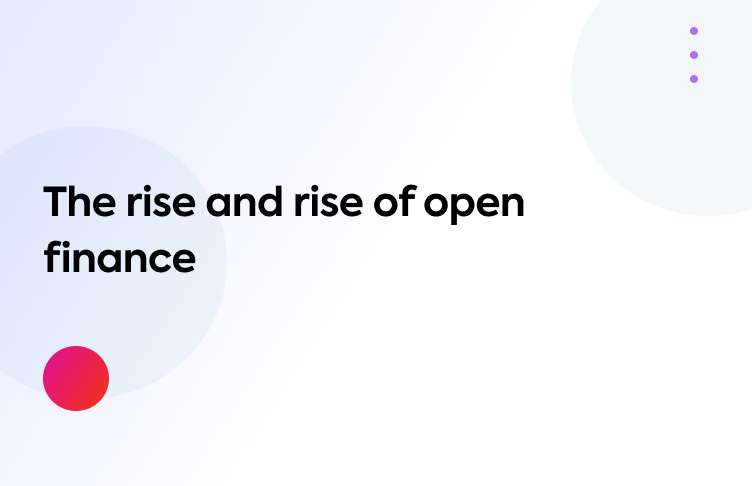
We are only scratching the surface when it comes to the possibilities open finance presents
In September 2020, the Open Banking Implementation Body (OBIE) reported over two million people were now benefiting from open banking products and services – a mighty 100% rise in the number of users in just over six months since the outbreak of Covid-19.
Open banking is proving so popular that 71% of the UK’s SMEs are expected to be utilizing its many benefits by 2022. So what does this mean for the future of larger, more extensive initiatives such as open finance?
The Covid-19 effect
The far-reaching impacts of the current global pandemic have meant that more and more small and medium sized businesses have had to change the way they operate. Over the last 12 months, companies have become more digitized than ever before, resulting in a 10%-20% increase in digital banking use across Europe.
SMEs now need faster and more tailored support to be able to fully embrace our new digital-focused world. This means financial service providers will need to have a more in-depth understanding of a customer’s financial health and what their unique, individual needs may be in order to help them thrive – and open finance provides numerous ways to do just that.
Benefits for financial institutions
The open banking initiative may have been met initially with reservations from financial institutions who believed they had no choice but to give third parties access to their customers’ financial information for little in return.
However, the many and varied benefits of open banking quickly became apparent, making the prospect of extending data sharing to include other areas and sectors in the future a very tangible possibility.
Improved digital infrastructure, for instance, enables data to be used smartly to enhance the customer experience and therefore the lifetime value of the customer.
There is also the potential for increased collaboration. When financial service providers build collaborative relationships with financial third-parties, they are able to create unique propositions to win new business and retain existing customers.
The potential to easily create new products is also an exciting possibility. By developing and up-selling access to them, financial service providers are able to create additional revenue streams via various premium products that are compatible with other financial products.
Benefits for SMEs
Opening up the world of financial systems for SMEs can only allow greater freedoms and flexibility. They have more sophisticated financial needs than ever before – the need to understand and predict cash flow, make faster (and easier) payments for less, connect multiple accounts and integrate systems. Not to mention the ability to benefit from more informed funding and credit decisions.
However, demand doesn’t stop there. SMEs now have such a vast data footprint beyond just their bank accounts, due to the various systems they use to run their businesses. This includes their accounting software, commerce systems, stock management platforms and many others.
This is just the beginning
Of course, we are only scratching the surface of open finance possibilities here. Codat is optimistic that open data – not just open finance or open banking – will achieve universal adoption over the next few years. Therefore, it is important that financial service providers are early adopters of this movement, in order to reap as many benefits as possible.
Open banking has been expedited by the new digital necessities born out of Covid-19 and there is certainly no stopping it now.
“We don’t know what the next generation of products and services built on open banking and open finance platforms will be and that’s the really exciting part.”
– Peter Lord, Codat CEO
